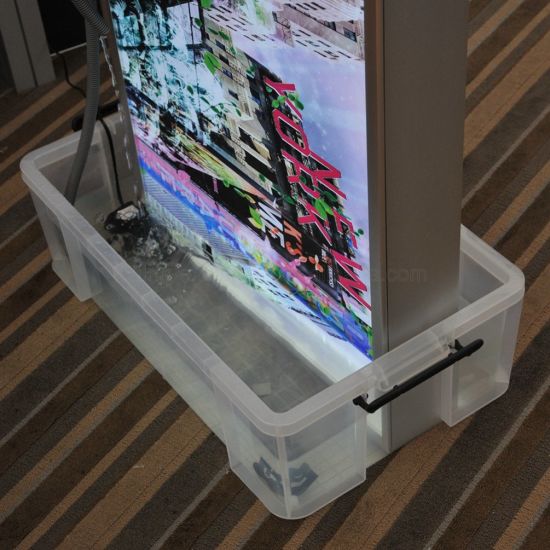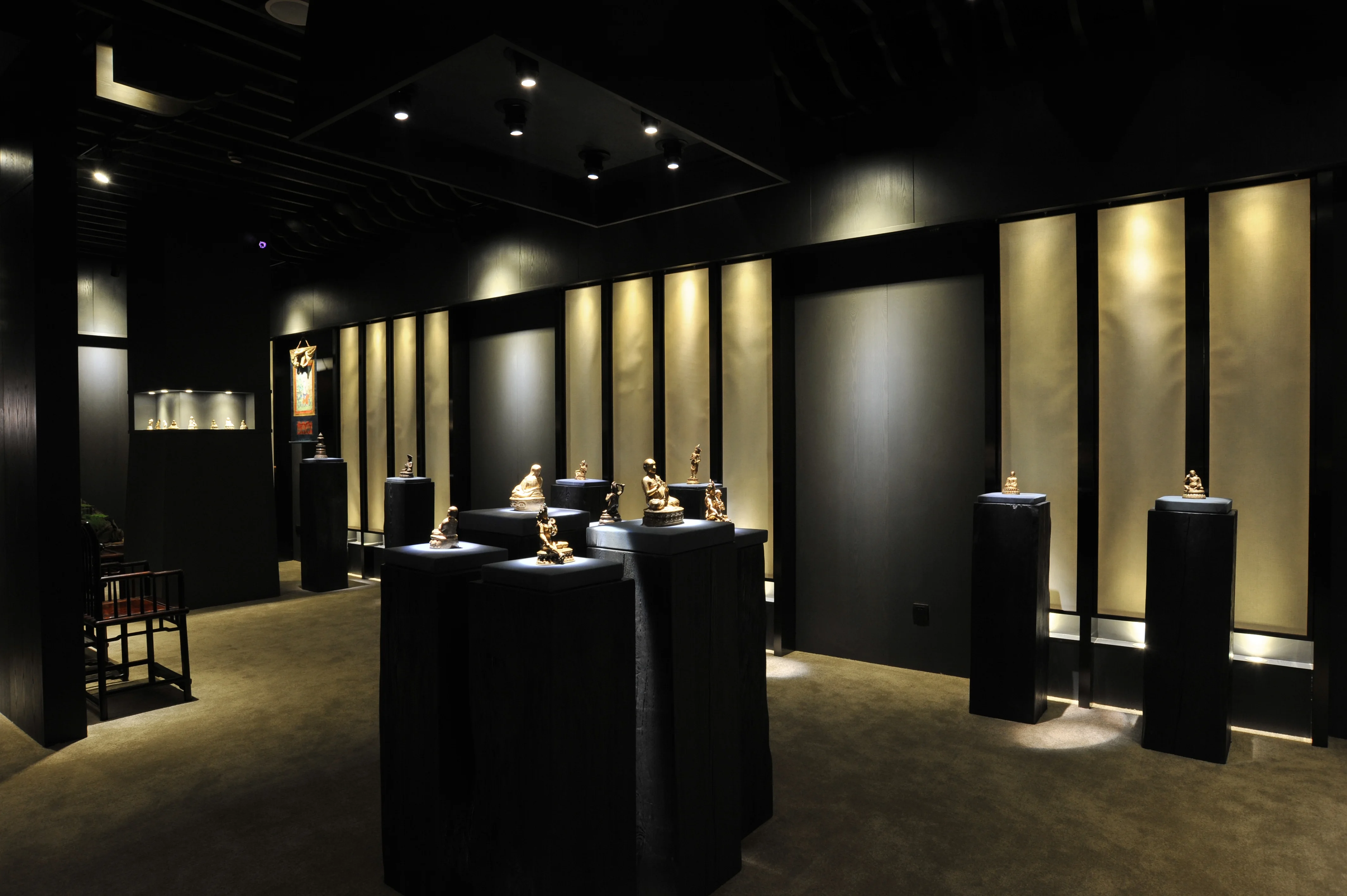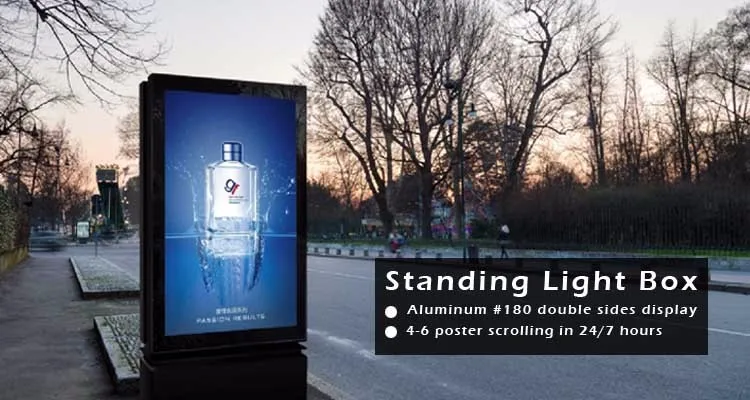
Paul Nash first corresponded with Bottomley as a result of the latter seeing drawings by the artist illustraring his one-act play 'The Crier by Nighr' (1910). supremely in Millais'.2 He continued in the same letter to Nash, written on 12 December 1919, 'And now it seems to me that you and your companions are finding again the English secret, the English soul that the Pre-Raphaelites found and 10st',3 Bottomley was more knowledgeable and appreciative of the Pre-Raphaclitcs than any other literary figure of his day, but unfortunately, never, as far as I am aware, wrote about them except in his revealing letters to Nash. l For our immediate purposc, though, Gordon Bottomley considered that with the Pre-Raphaelitcs, 'The national genius flashed out fierce and clear. In a lecture on 'Poetry and the Contemporary Theatre', first delivered by Bottomley at the Aberdeen Branch of the English Association in 1931, he remarked: There has been a steady development of the visual aspects of drama, furthered by the recognition of marvellous possibilities in electric lighting, and com-plicated by the incursion into the theatre of a new race of pictorial artists who aspired to paint with lights and build up shapes and human bodies instead of with brushes and pigments. stage sets for Botromley's plays, and also delighted in constructing scale models for the settmgs.
China dynamic light box professional#
There was also, to some extent, a professional collaboration, since Nash both drew. It might be an exaggeration to say that Gordon Bottomley (1874-1948) is now well nigh forgotten and his one-act plays never performed, but his correspondence with the artist Paul Nash (1889-1946) reveals a fascinating developing friendship, with, initially, Bottomley as Nash's mentor, encouraging and guiding him. The resulting approach allows to gather in an easy manner a better and more consistent color information and to produce higher-quality 3D models. Moreover, once that the inverse photo-to-geometry transformation is known, it allows the easy estimation of the flash light position and permits to identify and remove other annoying artifacts, like highlights and shadows. The correction space proposed presents several advantages: it is independent from the kind of light used (provided that it is bound to the camera), it gives the possibility to correct some artifacts (for example, color deviation) introduced by flash light, and it has a wide range of possible applications, from image enhancement to material color estimation. We developed this approach to produce better color samples in the application framework of color mapping on 3D scanned models. The correction space can be calculated once in a lifetime using a quite fast acquisition procedure after 3D spatial calibration, the obtained color correction function can be applied to every image where flash is the dominant light source.

article we present a color correction space which, given some information about the geometry of the pictured scene, is able to provide a space-dependent color correction for each pixel of the image.


Moreover, a mathematical model of this kind of light is difficult to create. Nevertheless, especially in low-end cameras integrated flash lights are considered as not reliable for high-quality images, due to known artifacts (sharp shadows, highlights, uneven lighting) generated in images. Flash light of digital cameras is a very useful way to picture scenes with low-quality illumination.


 0 kommentar(er)
0 kommentar(er)
